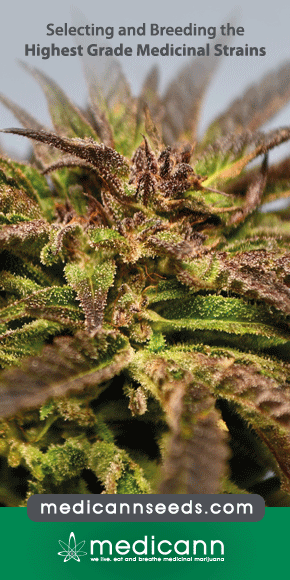Cannabis-related cognitive impairment: a prospective evaluation of possible influences on patients with cancer during chemotherapy treatment as a pilot study
In patients with cancer, the use of medical cannabis has increased significantly during the recent years. There is evidence that cannabis consumption may affect cognitive performance; however, this potential effect has not been investigated prospectively in patients with cancer to date. We aimed to evaluate the effect of cannabis consumption on cognitive abilities as well as on symptom relief in patients with cancer during chemotherapy treatment. These preliminary findings suggest that the short-term use of cannabis during chemotherapy treatment improved disease-related symptoms and did not affect cognitive skills in patients with cancer.


